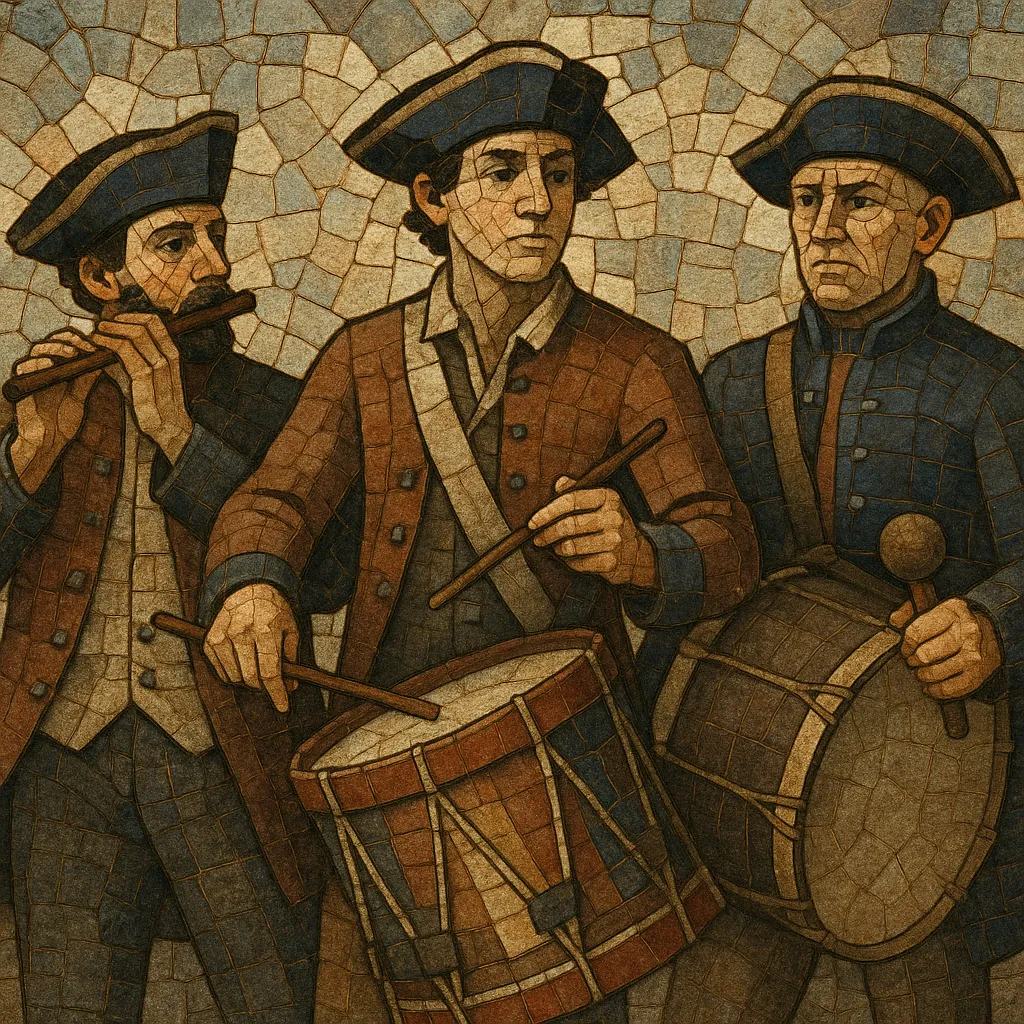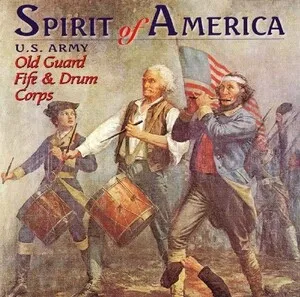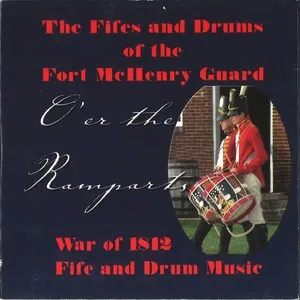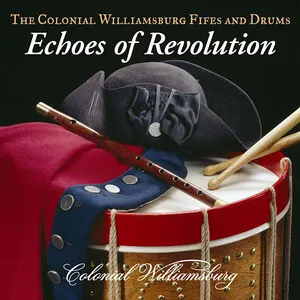
Fife and drum corps are small military-derived ensembles built around the piercing, high-pitched fife (a simple transverse flute) and rope-tension snare and bass drums. Their primary function historically was to signal commands, keep marching cadence, and boost morale on the field and in camp.
Musically, the style centers on unison or lightly harmonized fife melodies over codified rudimental snare patterns and steady bass drum pulses, most often in duple meters. The repertoire includes camp duties (e.g., reveille, assembly, tattoo), battlefield signals, and quickstep marches later adapted for parades and ceremonies.
Fife-and-drum traditions crystallized in the Swiss mercenary and German Landsknecht forces during the 1500s, where shrill fifes and rope-tension drums could cut through battlefield noise to coordinate movement and convey commands. This field music grew from late medieval and Renaissance martial practices, as soldiers needed portable, loud, and robust instruments.
By the 16th–18th centuries, fife-and-drum corps had spread across European militaries, becoming embedded in drill, camp duty, and ceremony. Standardized signals and the quickstep march created a common musical vocabulary that could be heard over great distances outdoors.
European practices took firm root in North America during the colonial era and the American Revolutionary War. Corps of fifes and drums became iconic in U.S. military and militia life, later persisting in civic ensembles that preserved “ancient” rope-drum techniques, camp-duty tunes, and period dress for parades and musters.
As brass and woodwind bands grew in size and range during the 19th century, the signaling role of fifes gradually yielded to bugles and full military bands. Yet fife-and-drum organizations survived as heritage groups, and a 20th-century revival in New England and mid-Atlantic states helped codify the “Ancient” rudimental style, publish tune books, and host musters.
Parallel traditions flourish in Switzerland (Basel-style piccolos and drumming for Fasnacht), while U.S. and European corps perform at historical sites, festivals, and military ceremonies. The idiom continues to influence modern marching practices and rudimental drumming pedagogy worldwide.
Use a small ensemble of high-pitched fifes (commonly in Bb or C), rope-tension snare drums, and a rope-tension bass drum. Outdoor projection is key; bright fife tone and crisp drum articulation define the sound.
Favor duple-time marches (2/4, 4/4) and quicksteps; 6/8 is also common. Snare parts draw on rudimental vocabularies (Swiss Basel style or American “Ancient” rudiments), with flams, drags, rolls, and open-stroke phrasing. The bass drum reinforces cadence with simple, powerful patterns.
Compose fife tunes with clear, singable motifs and limited range (to accommodate simple-system fifes). Use pentatonic, Mixolydian, and major modes. Harmonization is sparse: multiple fifes in unison or parallel 3rds/6ths, with occasional countermelodies; harmony is implied more than fully voiced.
Write short strains (8–16 bars) that repeat and modulate for marching continuity. Include functional pieces like reveille, assembly, tattoo, and retreat, plus quicksteps and slow marches. Keep phrases square and tempos steady for coordinated marching.
Emphasize ensemble blend: fifes articulate crisply, with minimal vibrato; drummers maintain even stick heights and open rudiments. Uniform visual presentation and precise step-off/halts are integral. Outdoors, balance by adding more fifes if necessary to carry over drums.




